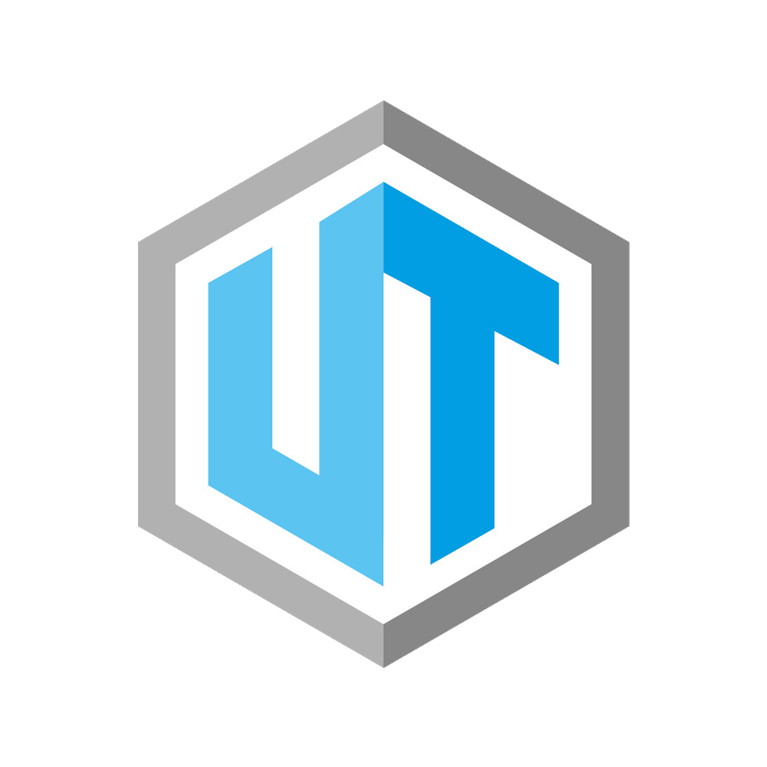Working in a contact center can be challenging as it requires round-the-clock attention. The primary objective of a contact center is to provide excellent customer service to everyone who gets in touch with it. To make informed decisions, it is crucial to have access to relevant data. Your office collects data every day, and you need to identify key performance indicators (KPIs) and metrics that are essential for your business. This article will focus on ten such KPIs and metrics that can help improve customer service in your contact center.
What are Call Center KPIs?
KPIs, short for Key Performance Indicators, is a tool that helps measure your business’s performance. It is a measurable value that showcases how effectively a business, company, team, department, or individual can reach its professional goals or objectives. It all depends on what you want to monitor and your industry.
Call center KPIs give you the ability to see your data and trends that fit your industry so you can take action to enhance your numbers and tackle those trends to promote your brand.
How to Set the Right Call Center KPIs
All customer service representatives receive daily data coming into the company from all platforms. KPI metrics provide an easy way to oversee all the data coming into your business from those outlets so you can set them accordingly.
A way to set the right call center KPIs is to see where your company needs improvement, analyze it, and monitor it using metrics. There are various ways to use contact center metrics, but first, do your research by viewing the 15 options in this article and then decide what needs measuring depending on your business. For example, team members might need fewer KPIs initially, but team leaders might need one.
10 Most Important KPIs in a Call Center
As mentioned above, the importance of aligning your customer representatives with your KPIs; many different metrics can be efficiently helpful to a call center. Here are 15 of the most critical KPIs in a call center you can choose from for personal or private use.
1. Average Time to Accept A Call
The average time to answer is a metric explained in seconds. This method is used to determine the average amount of time from when a customer service agent receives a call until it is answered. An IVR system navigates your call queue for customers to spend time waiting to be answered. If your agent takes too long to answer clients’ calls, that client will likely hang up. This metric measures a client’s time frame waiting to be answered.
A great way to measure the average time to accept a call is to assess your team’s efficiency and accessibility toward your customers and set specific objectives for each customer service agent. It will be helpful to set goals for each of them, try challenging them by setting clear goals, who can answer the most calls per day, and see the percentage. Using this metric will help your industry’s average time-to-answer percentage increase because this method will notify you frequently.
2. Average Abandonment Rate (ATA)
The average abandonment rate measures the number of clients who disconnect the call or get disconnected before they reach a customer agent. Abandonment rate is a tool that showcases the call center’s overall performance, customer satisfaction, and successful KPIs. ATA provides essential feedback from your customers, whether good or bad; your company will use the outcome to see where they need to improve.
3. Longest Call Being On-Hold
The average time a call is placed on-hold measures the precise time a customer is on-hold when they call your company’s call center. When a customer is kept waiting on hold while a customer representative looks for answers to the caller’s issue. A call center’s job is to make sure that the time your customer is kept waiting is a reasonable range so the agent doesn’t receive negative feedback. This metric is calculated by the cumulative time callers wait on hold divided by the total number of calls answered by representatives. The average time a caller is placed on-hold is a vital indicator of how your customer agents perform and provide callers with their expertise in a timely manner.
4. First Call Resolution (FCR)
FCR, short for First Call Resolution, is about offering the best customer care and support from the beginning of the call until the end. FCR measures how many customer inquiries are answered during the call. Many proven stats have confirmed that the higher the FCR rates, the better customer satisfaction.
5. Percentage of Blocked Calls
The percentage of blocked calls when callers contact your company’s call center, could negatively affect your business. This metric is designed to calculate the number of incoming calls that get rerouted to a busy tone. Several reasons a caller gets blocked; lack of available representatives and no call queues generated, or the call center’s software is not configured to handle the call volumes it’s receiving.
6. Net Promoter Score (NPS)
Net Promoter Score resembles the Customer Satisfaction score, the only difference is that CSS only calculates a customer’s satisfaction, but the NPS measures how many customers are likely to recommend a product or service to others. If your NPS is high, your clients are pleased and satisfied with your product or service; encourage your clients during the phone call to promote to others with offers. If they recommend your company to others, they get special offers.
7. Cost Per Click
Every company has to pay a specific price per call. The call center software determines how much each call costs and the length of each call. When your call center receives a call (cost per click), it measures how many minutes a customer agent takes to work through the call and leave the customer satisfied before they hang up. Every minute or message that is made through your call center receives its pricing.
8. Follow company’s rules
Every business creates customized scripts for all customer service agents on their team. These scripts show how a conversation can go from an agent to a customer. When your company uses metrics, it can help measure how well agents follow company procedures when speaking to clients, a presentable way to greet customers, the best way to end a call, when is the appropriate time to transfer a call to a different department, how to deal with a difficult situation, and more. To acquire detailed information about your agents, you must monitor their procedure adherence to guarantee perfect results.
9. Representative’s Turnover Rate
Keeping track of your customer representatives is one of a manager’s most important job responsibilities. As a manager, you should track your agent’s turnover rate, positivity, productivity, and motivation skills. Using this metric of measuring how many agents get fired or leave their position should help you as a manager to improve your feedback, investigate why your turnover rate is low, and how to ensure that it will increase.
10. Revenue per successful call
In every business, managers must track the revenue of successful calls to measure the monetary value of each of those calls. This metric covers two key aspects of a call center representative’s efforts. The first one is to showcase how many products (on average) are successful; next, it shows if your agents are hitting their sales targets. Remember that when you find out which products generate the most revenue and support your agents to meet their targets, you, too, will become more knowledgeable about which products are the most popular.
Summary
It’s crucial to create a basic overview of metrics to measure call center productivity, effectiveness, recognize how to best use training and technology to support customer representatives to succeed, and decrease agents’ mistakes. That is why it is very important for a call center to keep track of all of its statistics and metrics, in order to enhance its productivity, revenue, and customer satisfaction.

